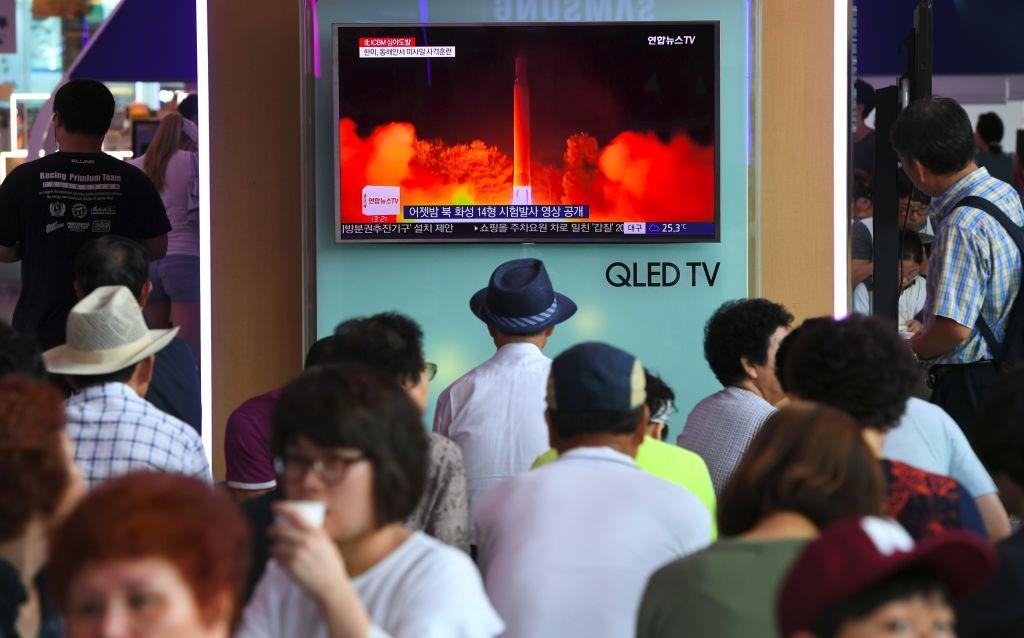Shortly after Chinese authorities announced that all was well in Tianjin, where a warehouse that held about 700 tons of sodium cyanide and large amounts of other toxic chemicals exploded in deadly blaze on Aug. 12, two strange phenomenon occurred.
On Aug. 18, white foam came down in the first rainfall since the Aug. 12 explosion, which killed at least 114 and injured hundreds more. The next day, residents of the port city in northern China posted to Chinese social media photos of dead fish, masses of them, washing up the banks of Haihe River, about four miles from the blast area. Chinese newspapers verified the macabre scene on Aug. 20.
Local officials, who earlier reported high levels of cyanide in waters around the blast site, quickly dismissed claims of cyanide contamination in the Haihe waters. Chinese citizens remain highly skeptical and suspect a cover-up.
In an email interview with Epoch Times, David Dzombak, a co-author of “Cyanide in Water and Soil: Chemistry, Risk, and Management” (full citation at end) and the head of Carnegie Mellon University’s civil and environmental engineering department, explains how cyanide can affect people and the environment.
Following is a lightly edited version of the interview:
"Hydrogen cyanide (HCN) is biodegradable and that volatilizes. Other forms in water, especially metal-cyanide compounds like iron cyanide, are not readily biodegradable, and also far less toxic than hydrogen cyanide. These metal-cyanide compounds can form as the cyanide ion (CN-) reacts with dissolved metals in water. With the discharge of large amounts of sodium cyanide to water, however, the predominant form after reactions in the water will usually be hydrogen cyanide.
“If sodium cyanide (NaCN) continues to discharge to nearby waters, hydrogen cyanide can be expected to form, and be toxic to fish.
“Hydrogen cyanide in water can volatilize and move into the air as a gaseous species. Hydrogen cyanide gas is highly toxic. In open areas, gaseous hydrogen cyanide emanating from water will typically be dispersed and diluted rapidly, but whether or not dangerous concentrations build up in a particular area will depend on how much hydrogen cyanide is in the water, which will determine how much is emanating from the water in gaseous form over a particular period of time. Also, if the contaminated water is in any kind of area where there is enclosure of overlying air in some way, like under a bridge or cantilevered sections of buildings over the water body, for example, there could be buildup of contaminated air in these areas.





